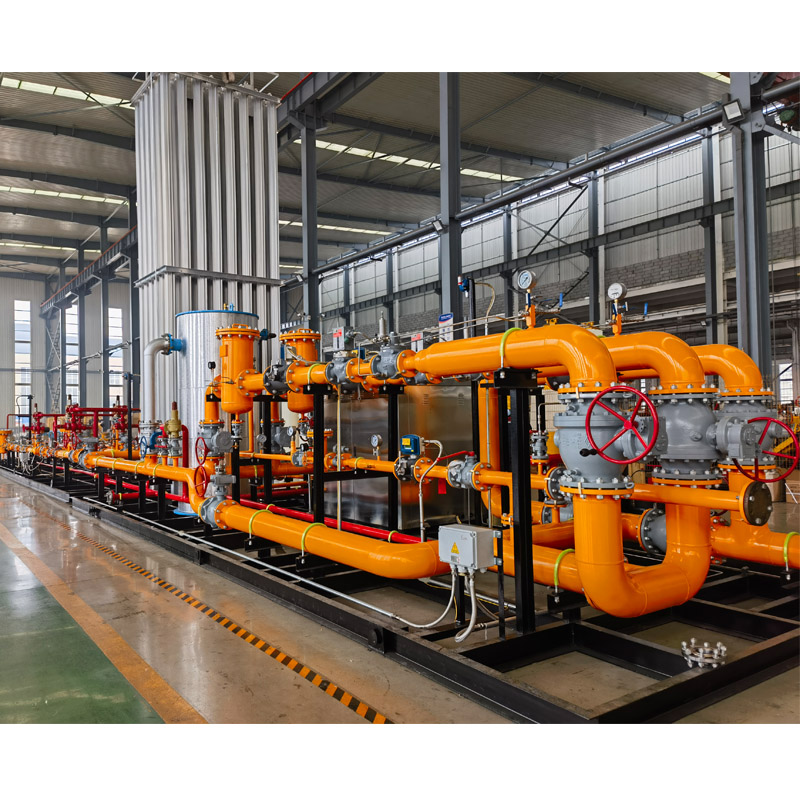
Dec . 15, 2024 10:30
Back to list
coalescing filter
Understanding Coalescing Filters Functionality and Applications
In the realm of fluid dynamics and filtration technology, coalescing filters play a pivotal role in ensuring the purity and integrity of fluids, especially in applications involving oil, water, and other liquids. These filters are essential components in various industries, from automotive to aerospace, as they efficiently separate droplets of water from oils, fuels, or other liquids, providing significant benefits in terms of performance and safety.
What is a Coalescing Filter?
A coalescing filter is designed to remove fine particles from fluids while also facilitating the coalescence of smaller droplets into larger ones. The fundamental working principle is based on the phenomenon of coalescence, where small liquid droplets combine to form larger droplets due to external forces such as gravity or kinetic energy. The coalescing filter captures smaller water droplets suspended in hydrocarbon fuels or oils, allowing these droplets to merge, settle, and be subsequently removed from the liquid phase.
Coalescing filters are typically made from a fibrous material that possesses a specific pore structure allowing for both filtration and coalescence. As the fluid flows through the filter media, smaller water droplets collide with the fibers, merge with each other, and eventually form larger droplets. This process can be influenced by various factors such as fluid velocity, temperature, and the characteristics of the filter media.
Applications of Coalescing Filters
1. Fuel Filtration in Automotive and Aerospace One of the most common applications of coalescing filters is in the automotive and aerospace industries. In these sectors, fuel quality is critical for engine performance and safety. Coalescing filters help in removing water and particulate contaminants from fuels, thus preventing engine damage and improving efficiency. For instance, in aviation, moisture in fuel can lead to ice formation, which can block fuel lines and potentially result in in-flight engine failure. Coalescing filters effectively mitigate this risk.
coalescing filter

2. Oil and Gas Industry In the oil and gas sector, coalescing filters are used to separate water from crude oil and natural gas during extraction and processing. The presence of water can lead to corrosion, bacterial growth, and product instability. Employing coalescing filters aids in processing high-quality hydrocarbons while minimizing operational headaches associated with water contamination.
3. Water Treatment Coalescing filters are also utilized in water treatment facilities to enhance the removal of emulsified oils and suspended solids from wastewater. The coalescing process contributes to cleaner effluent discharge, meeting environmental regulations and standards while ensuring that treatment systems operate efficiently.
4. Industrial Applications From manufacturing to food processing, coalescing filters are used to maintain the quality of various liquids. In food processing, for example, these filters help in ensuring products are free from unwanted contaminants, which is vital for consumer safety and regulatory compliance.
Advantages of Coalescing Filters
The use of coalescing filters offers several distinct advantages - Enhanced Efficiency They provide a higher level of filtration, effectively removing microscopic contaminants and water droplets that traditional filters might miss. - Cost-Effectiveness By preventing equipment damage, coalescing filters reduce maintenance costs and extend the life of machinery and systems. - Environmental Compliance With stringent regulations on emissions and discharges, coalescing filters help industries meet environmental standards while improving overall sustainability.
Conclusion
Coalescing filters are indispensable in many industries, providing superior filtration capabilities that ensure the integrity of fluids used in a variety of applications. Their ability to effectively remove water and particulate contaminants not only enhances equipment performance but also contributes to environmental sustainability. As advancements in filtration technology continue, the role of coalescing filters will undoubtedly expand, further solidifying their position as a critical component in fluid management systems. Understanding their functionality and applications is essential for engineers and industry professionals seeking to optimize processes and ensure compliance with evolving regulations.
Latest news
-
Safety Valve Spring-Loaded Design Overpressure ProtectionNewsJul.25,2025
-
Precision Voltage Regulator AC5 Accuracy Grade PerformanceNewsJul.25,2025
-
Natural Gas Pressure Regulating Skid Industrial Pipeline ApplicationsNewsJul.25,2025
-
Natural Gas Filter Stainless Steel Mesh Element DesignNewsJul.25,2025
-
Gas Pressure Regulator Valve Direct-Acting Spring-Loaded DesignNewsJul.25,2025
-
Decompression Equipment Multi-Stage Heat Exchange System DesignNewsJul.25,2025

